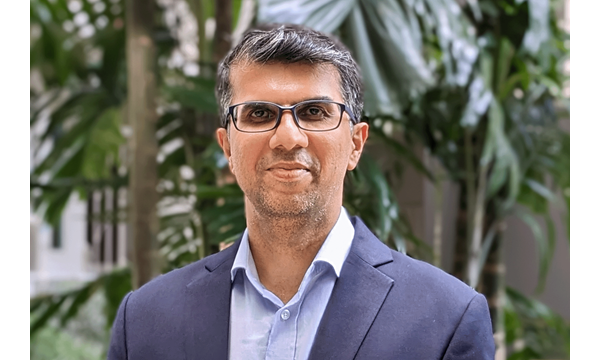The potential of Indonesia’s ‘energy super basins’
We share how the country’s upstream operators can leverage sustainability principles by seeking “advantaged resources” within their portfolio.
2 minute read
Munish Kumar
Senior Research Analyst, APAC Upstream

Munish Kumar
Senior Research Analyst, APAC Upstream
Dr Munish Kumar provides insight and analysis of the industry across the region.
Latest articles by Munish
View Munish Kumar's full profileIndonesia’s upstream operators face growing pressure to increase domestic production while simultaneously decarbonising operations. How, then, can operators develop a portfolio of “advantaged barrels” of lower carbon and cost? The answer may lie within ‘energy super basins’, where conventional production coexists with abundant, accessible, affordable, and reliable renewable energy sources and CCS/CCUS potential.
At the 48th Annual Indonesian Petroleum Association Convention and Exhibition, Wood Mackenzie presented our in-depth analysis of where such ‘energy super basins’ exist within Indonesia. Please fill out the form at the top of the page to download a series of key slides from our presentation or read on for an overview.
Indonesia has both increasing energy demand and emissions
As Indonesia’s domestic energy demand grows, so will its emissions. As the world looks towards a more sustainable future, Indonesia’s upstream operators must make sustainability part of their core business. External pressure comes from regulators and international buyers looking to secure ‘greener’ molecules; operators that cannot adapt risk being left behind.
‘Energy super basins’ are the future
The oil and gas industry has long defined a “resilient” basin as one with abundant oil and gas resources. In this context, sustainable production was an afterthought. However, as the global energy transition progresses, the upstream sector must increasingly embrace a low-carbon future.
First coined by Wood Mackenzie, the term ‘energy super basin’ describes an area where significant hydrocarbon resources are co-located with abundant, accessible, affordable renewable energy sources and the potential for carbon capture utilisation and storage (CCUS). Fields with these attributes are better placed to attract capital and investment.
Both highly ranked basins and “niche” basins have a role to play in Indonesia’s upstream future
A few contenders in Indonesia fit the brief and stand out—those with low reservoir CO2, moderate costs, and renewable potential. Depleted oil and gas fields and numerous high-emission sources also offer the opportunity to create CCS hubs.
Equally important are ‘niche’ basins that can fulfil other needs, such as proximity to high-emission sources and opportunities for CCS.
But it's about maximising Indonesia’s potential. And that won't happen overnight—it requires close cooperation between the government and private sector, robust policy and fiscal incentives, new technology applications and a willingness to explore new ideas.






